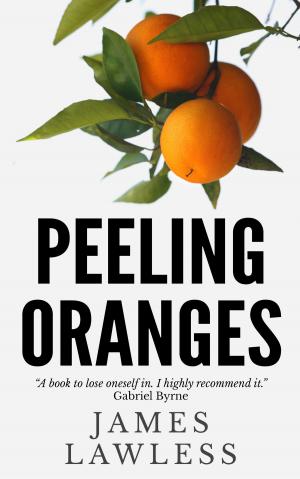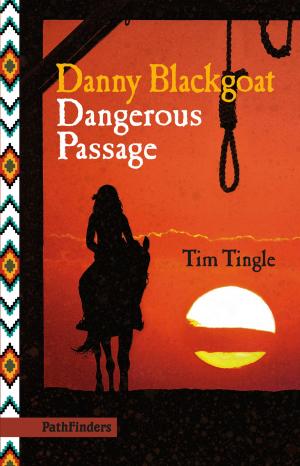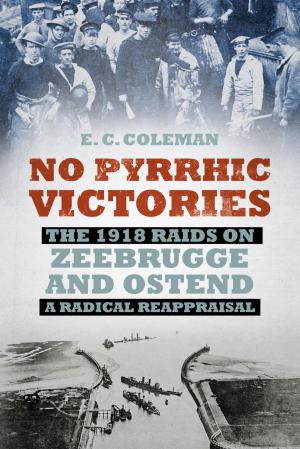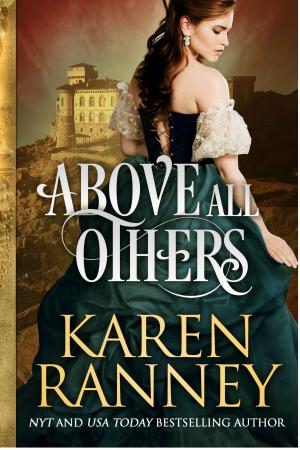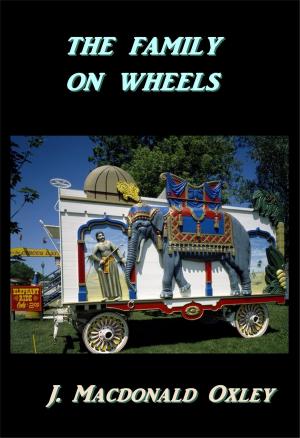Oklahoma Blackjacker
Nonfiction, History, Americas, North America, United States, State & Local, Biography & Memoir, Historical| Author: | Albert B Clark | ISBN: | 1230000179754 |
| Publisher: | Albert Clark | Publication: | September 12, 2013 |
| Imprint: | Language: | English |
| Author: | Albert B Clark |
| ISBN: | 1230000179754 |
| Publisher: | Albert Clark |
| Publication: | September 12, 2013 |
| Imprint: | |
| Language: | English |
This book is an autobiography of the 1971 Oklahoma Teacher of the Year. He details life in Oklahoma from when he was born in 1907, the year Oklahoma became a state and continues through his retirement as a teacher. The cover of the book is a photograph of his father's farm gate. The windmill pumped water from a hand dug, rock lined well that never went dry during the dust bowl. The early stories of how things were done when a mule team was the power of choice for farming, hauling wagons, and all other heavy towing work. Are you familiar with poll taxes? How could they have moved a intact house through a forest over sandy ground with mules and ropes? He tells of his sister that disappeared during the move only to show up at the new house accompanied by a wolf pack a week later after the entire population of the county had been searching for a week. Yes, he tells of the dust bowl, first hand. He tells of teaching in a one room rural school while farming. His mother was the first female graduate of a Kansas college. His father came into Oklahoma during the 1889 land rush. This book is a first hand story of the history of Oklahoma. He was superintendent of schools for several towns. He was the a past president of the Oklahoma Education Association (teacher's union). It ends with advice for how to improve public schools while saving money. He was the kind of teacher that students looked up 30 even 50 years after being his student. On his 90th birthday he attended the 50th anniversary of a school where he was superintendent 50 years before and had students come from California and east just to see him one last time.This book is an autobiography of the 1971 Oklahoma Teacher of the Year. He details life in Oklahoma from when he was born in 1907, the year Oklahoma became a state and continues through his retirement as a teacher. The cover of the book is a photograph of his father's farm gate. The windmill pumped water from a hand dug, rock lined well that never went dry during the dust bowl. The early stories of how things were done when a mule team was the power of choice for farming, hauling wagons, and all other heavy towing work. Are you familiar with poll taxes? How could they have moved a intact house through a forest over sandy ground with mules and ropes? He tells of his sister that disappeared during the move only to show up at the new house accompanied by a wolf pack a week later after the entire population of the county had been searching for a week. Yes, he tells of the dust bowl, first hand. He tells of teaching in a one room rural school while farming. His mother was the first female graduate of a Kansas college. His father came into Oklahoma during the 1889 land rush. This book is a first hand story of the history of Oklahoma. He was superintendent of schools for several towns. He was the a past president of the Oklahoma Education Association (teacher's union). It ends with advice for how to improve public schools while saving money. He was the kind of teacher that students looked up 30 even 50 years after being his student. On his 90th birthday he attended the 50th anniversary of a school where he was superintendent 50 years before and had students come from California and east just to see him one last time.
This book is an autobiography of the 1971 Oklahoma Teacher of the Year. He details life in Oklahoma from when he was born in 1907, the year Oklahoma became a state and continues through his retirement as a teacher. The cover of the book is a photograph of his father's farm gate. The windmill pumped water from a hand dug, rock lined well that never went dry during the dust bowl. The early stories of how things were done when a mule team was the power of choice for farming, hauling wagons, and all other heavy towing work. Are you familiar with poll taxes? How could they have moved a intact house through a forest over sandy ground with mules and ropes? He tells of his sister that disappeared during the move only to show up at the new house accompanied by a wolf pack a week later after the entire population of the county had been searching for a week. Yes, he tells of the dust bowl, first hand. He tells of teaching in a one room rural school while farming. His mother was the first female graduate of a Kansas college. His father came into Oklahoma during the 1889 land rush. This book is a first hand story of the history of Oklahoma. He was superintendent of schools for several towns. He was the a past president of the Oklahoma Education Association (teacher's union). It ends with advice for how to improve public schools while saving money. He was the kind of teacher that students looked up 30 even 50 years after being his student. On his 90th birthday he attended the 50th anniversary of a school where he was superintendent 50 years before and had students come from California and east just to see him one last time.This book is an autobiography of the 1971 Oklahoma Teacher of the Year. He details life in Oklahoma from when he was born in 1907, the year Oklahoma became a state and continues through his retirement as a teacher. The cover of the book is a photograph of his father's farm gate. The windmill pumped water from a hand dug, rock lined well that never went dry during the dust bowl. The early stories of how things were done when a mule team was the power of choice for farming, hauling wagons, and all other heavy towing work. Are you familiar with poll taxes? How could they have moved a intact house through a forest over sandy ground with mules and ropes? He tells of his sister that disappeared during the move only to show up at the new house accompanied by a wolf pack a week later after the entire population of the county had been searching for a week. Yes, he tells of the dust bowl, first hand. He tells of teaching in a one room rural school while farming. His mother was the first female graduate of a Kansas college. His father came into Oklahoma during the 1889 land rush. This book is a first hand story of the history of Oklahoma. He was superintendent of schools for several towns. He was the a past president of the Oklahoma Education Association (teacher's union). It ends with advice for how to improve public schools while saving money. He was the kind of teacher that students looked up 30 even 50 years after being his student. On his 90th birthday he attended the 50th anniversary of a school where he was superintendent 50 years before and had students come from California and east just to see him one last time.




